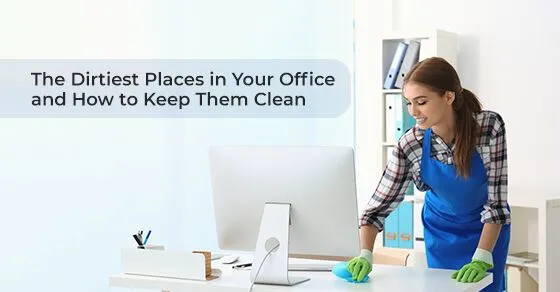PREMiClean founder Michael Shaw answers a few questions about quoting for a cleaning contract that makes the most sense for your business:
Q. When it comes to putting together a quote, there are two common ways to get a sense of the scope of work or effort required to keep a space clean: 1) sq/ft and 2) by the hour. Which one do PREMiClean use?
Standardization is what we should ideally be doing, but it is tough. A 3000sq/ft restaurant is different from a 3000sq/ft Manchester office, which is different again from a 3,000 sg/ft warehouse. It’s an agile approach. I prefer to quote hourly, but to get a sense of the hourly you need to understand the production rate.
The approach will differ from business to business, for example, Manchester office cleaning will require a different approach to Warrington contract cleaning in a school. Equipment considerations also need to be taken into account for example assessing the contract cleaning cost implications of utilizing a specialist scrubber drier on warehouse floors versus vacuuming in an office building or buffing a polished wooden floor in a dance studio. I quote based upon man-hours with a view to which specializations will be required.
Q. How Would You Define Production Rate?
In basic terms, I think of how many hours it will take for you to service a particular account. Take into consideration things like location, time, frequency, staff, etc. And the hourly rate will change dramatically for your contract cleaning if staff is required early on a Sunday morning for example.
The production rate for experienced, well trained and supervised professional cleaning staff is higher than for say, your staff, who you may ask to take on some cleaning tasks during their working day. I personally would also like to see a move towards day-time cleaning so we can develop a better, more responsive, relationship with our clients.
Q. How do you deal with clients that ask you to cut down your hours considerably and say they are ok with average-level cleaning? Will you take such a contract?
No one looking for Manchester contract cleaning or Warrington office cleaning is really happy with average-level cleaning: the difference between average level and good quality, industry-standard cleaning, can be quantifiably measured in terms of both costs and standards.
If you really can’t afford to have your premises clean and safe for your employees you should question whether or not you should be in business. However, we have to be realistic and flexible about costs and therefore we are very transparent about our pricing, offering 2 or 3 tiers of service/price.
At the end of the day though sometimes you just cannot meet the customers’ expectations within their budget. We would never put together an office cleaning contract quote to clean a building to a poor standard.
Q. What’s the best practice for estimating materials costs?
Around 3% to 6% of the monthly service charge goes on materials, we include these in our hourly rate. A cleaning contract that requires many cleaning chemicals and machinery would have a higher hourly rate.
It can be tricky – but we’ve been doing this for a while now and have a handle on cleaning chemical consumption.
We are currently trialing a reduction in the range of all our cleaning chemicals, to use fewer products with a more diverse application. We also do not use any disposable plastic bottles, everything is bulk re-fillable. And no disposable mop heads or cleaning cloths – everything is laundered and long-life.
Q. How fast do you get your proposal turned around and do you offer tiered pricing?
Depending on the size of the client, what they are looking for, we have turned in the proposal within an hour — that’s because I was confident in the pricing we had come up with – but usually, it’s the next day.
We always try to provide more information than asked. We include all the cleaning services we offer, that we think might be of interest to the client, and the price points for each in our quotes. They can always pick which service they want or don’t want. And we usually offer 2 or 3 tiers of possible pricing options. The key is to show our potential clients that we are transparent about pricing, responsive and flexible.





